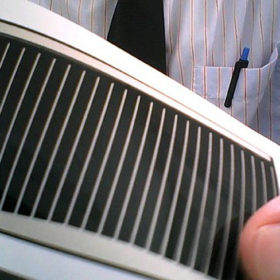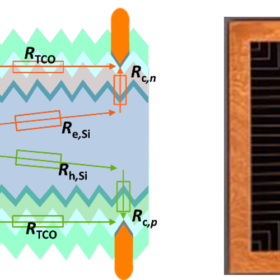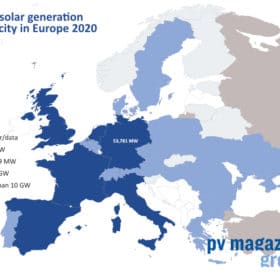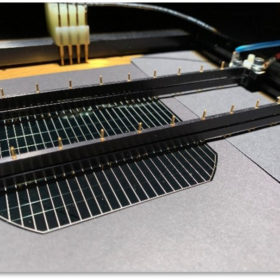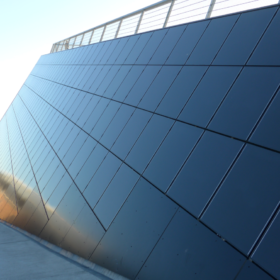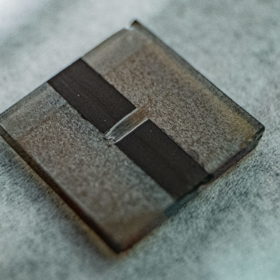Novel technique to recover 100% of silver from CIGS solar cells
Swedish researchers have developed a method to recycle valuable metals from flexible thin film copper-indium-gallium-diselenide (CIGS) solar cells under mild leaching conditions. They showed that 100% of silver and 85% of indium can be recovered after 24 hours of leaching at room temperature using two moles of nitric acid.
Bifacial heterojunction solar cell with 22.84% efficiency, reduced indium consumption
A Dutch-Chinese research team has developed a bifacial heterojunction PV cell with a 67% reduction in transparent conductive oxide (TCO) use. The TCOs used for the cell are based on indium(III) oxide (In2O3), which is considered a technology-critical element by many experts.
The state of EU renewables – Solar cell plans encouraging but heat pump market could go the same way as European PV did
The European Commission has published its second annual assessment of the competitiveness of the EU’s renewable energy technology industries, and it had a warning for policymakers about the trade balance trend being experienced by heat pump makers.
Scaling up perovskite-silicon tandem solar cell performance
Scientists in Germany investigated various routes to optimizing cell design for perovskite-silicon tandem products. Beyond the perovskite layer itself, they note several other areas that should be optimized for tandem cells, taking silicon heterojunction processing as a starting point. The research identifies several routes to cut costs in cell production, including a significant reduction in indium consumption.
Indium supply not an issue for CIGS industry
Scientists Ayodhya Tiwari and Daniel Lincot recently spoke to pv magazine about the future of copper indium gallium selenide solar tech, which could play a key role in providing flexible, lightweight products in the building-integrated PV segment.
The raw materials needed for the European Green Deal
A team tasked by the European Commission with estimating the raw material requirements of the European energy transition found if global PV roll-out is high, and the component requirements of certain solar technologies don’t improve by a greater margin, some elements could end up in short supply.
Indium provides a boost to perovskite stability
Scientists at Rice University in the United States have found by strategically adding indium to an all-inorganic, lead-based perovskite, they can reduce the number of defects in the material and improve its efficiency, as well as providing a significant boost to stability.
UK scientists find way to cut down indium
A research team led by the University of Liverpool has developed a transparent conductive oxide material to replace tin with molybdenum. The results demonstrated better performance and potentially lower material costs than the transparent conducting layers used in today’s commercial solar cells.
